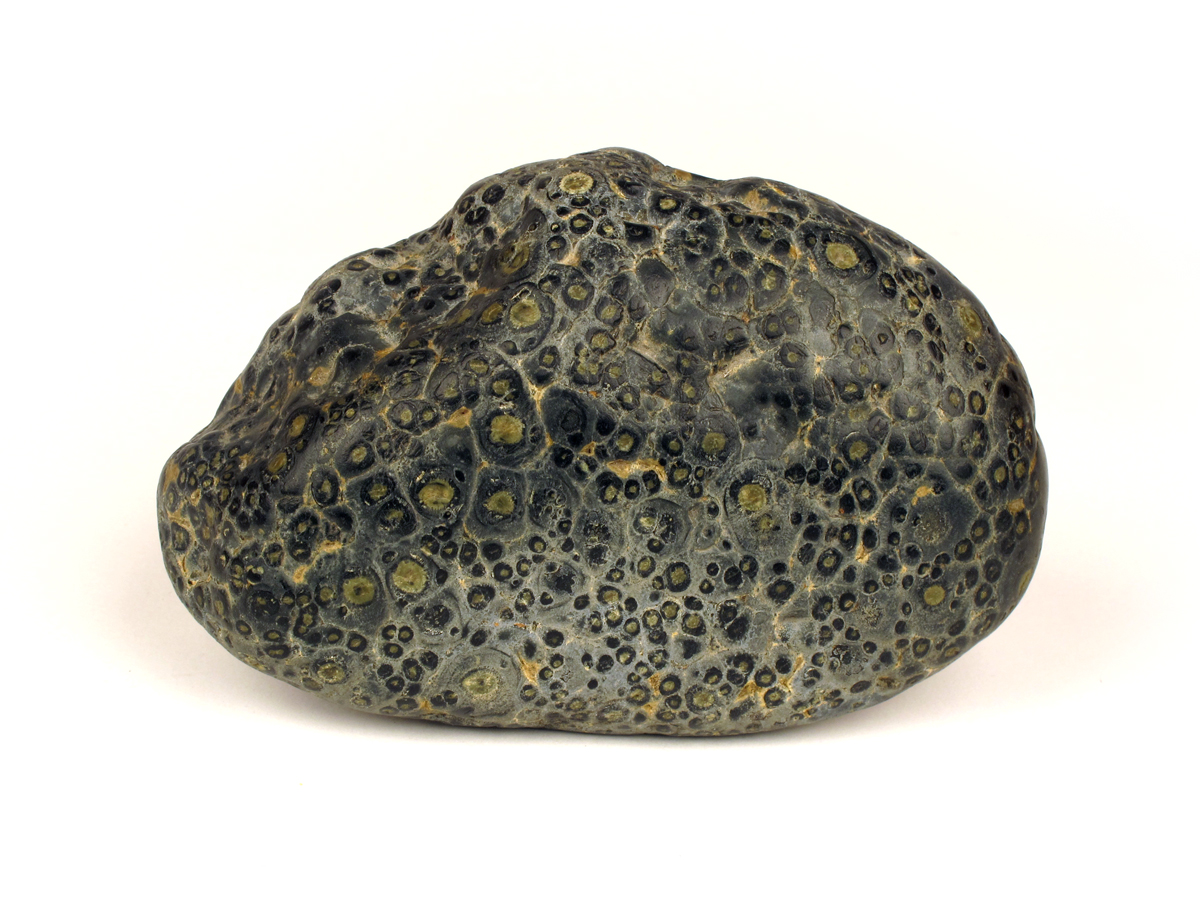
Botryoidal Jade?
CAN ANYONE HELP ME IDENTIFY THIS STONE?

CAN ANYONE HELP ME IDENTIFY THIS STONE?

Today, under sunny, blue skies, 34 foragers showed up at Seahurst Beach for the Urban Foraging Walk organized by Sustainable Burien. We browsed for edibles between the shore and the woods with master forager, Melany Vorass and hadn’t gone even two feet before the first few edible “weeds” presented themselves for our sampling: horsetail, salmonberry, shotweed and bedstraw.
Ms. Vorass studied ethnobotany at Evergreen State College and holds a degree in environmental policy. She has been collecting and eating foraged food for well over 40 years. “Weeds are an abundant source of nutritious food available for the picking. Many of our most common weeds hide huge nutrition in their tasty little leaves!”
Melany shared picking tips, recipe ideas (raw vs. cooked… with garlic and butter, of course), “edibility vs. palatability”, nutritional content and thoughts on herbicides and animal waste in the urban environment.
(To read more about Melany’s work, please visit her website, www.WeedCuisine.co.
Here is a gallery of some of the edible plants we found just within a stone’s throw of the beach’s lower parking lot.
(Click on individual photos to view a larger image of each.)
PLEASE NOTE: Consult an authoritative source before ingesting any wild plants. If unsure about a plant, do not eat it! Also, it’s illegal to forage in many parks (that’s why we weren’t collecting much but a sprig here and there during the class.)
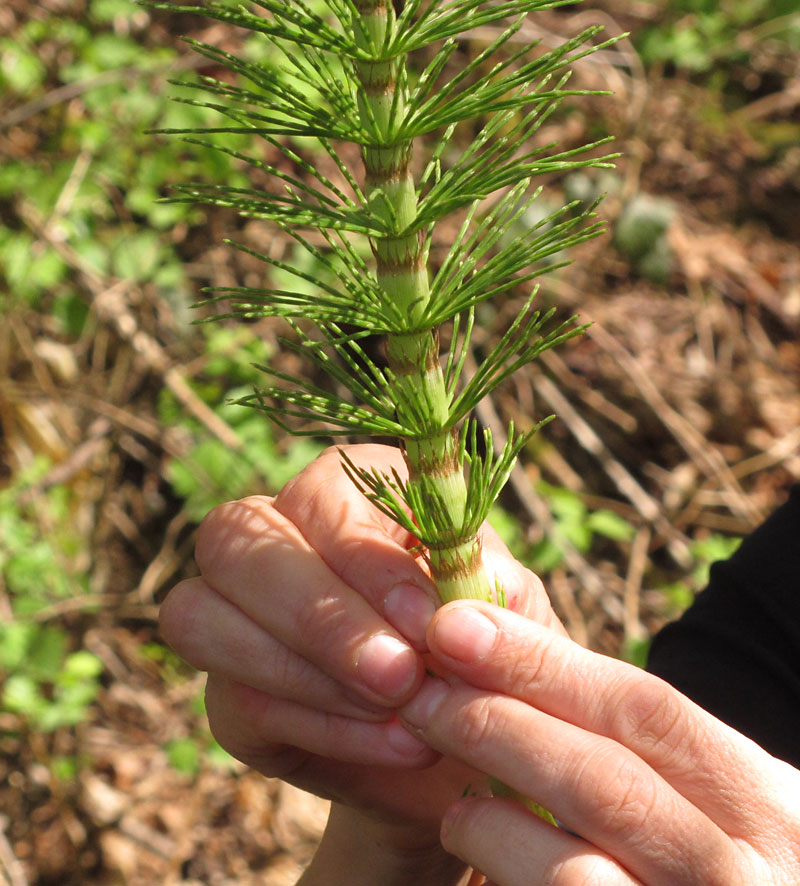
This HORSETAIL is past prime, but still edible. The “leaves” and outer skin between the whorls are peeled off for a more tender green. Horsetail takes up a lot of silica into into cells. Once the shoots start branching (with the whorls of spikes shown), it will remain gritty even when peeled.
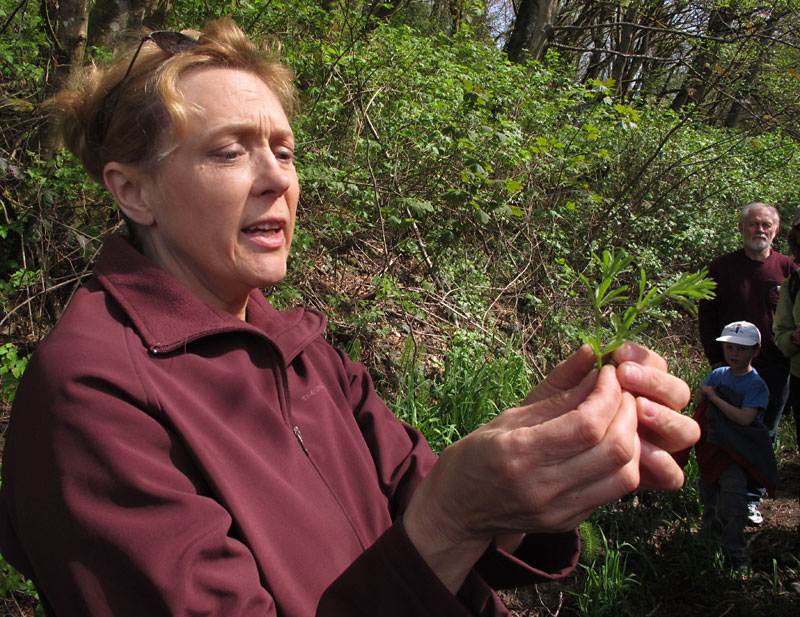
Melany discussed the structure of BEDSTRAW, and its silica uptake which causes its prickly, gritty nature, especially when older.
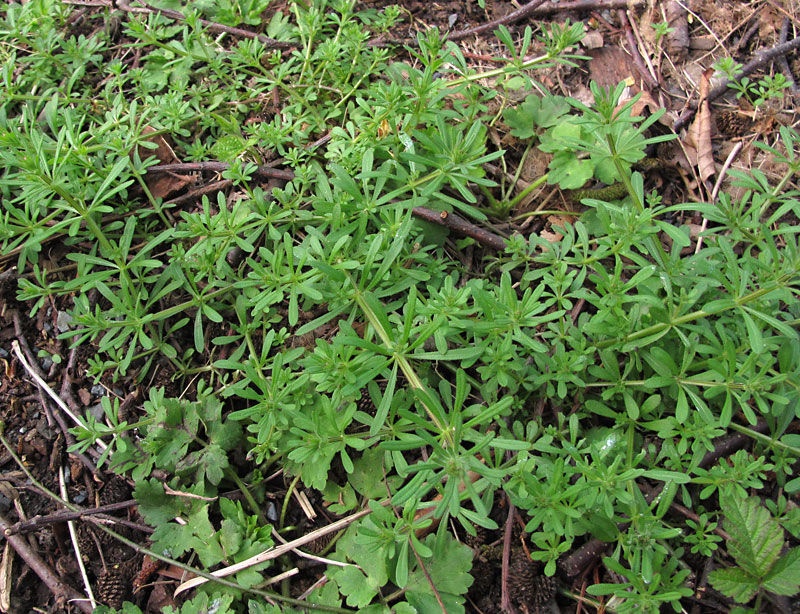
BEDSTRAW, like velcro on a trailing, clinging vine. The bane of many gardeners. (They should just EAT it!)
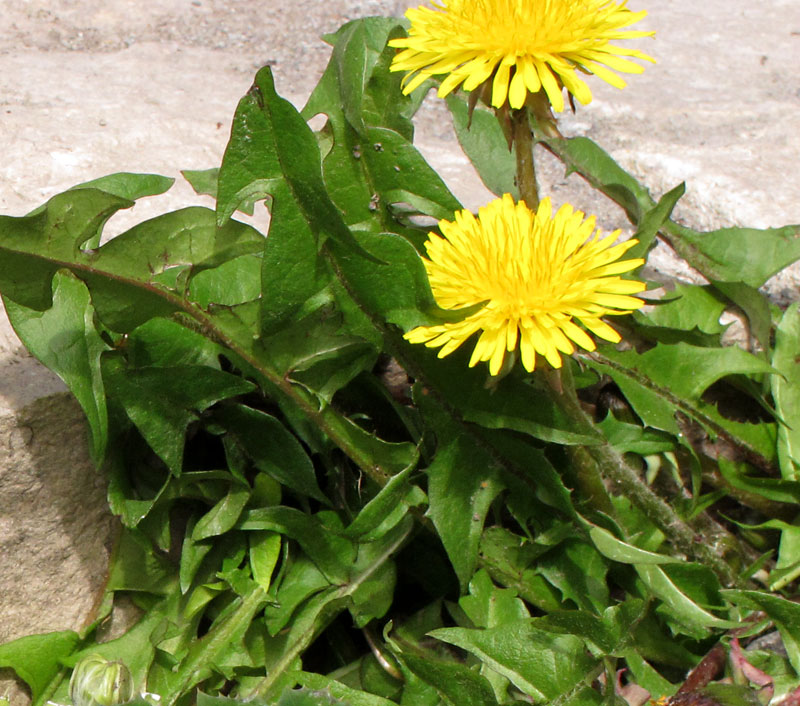
When preparing DANDELION for eating, removing the midrib and cooking the leaves lessens the bitterness. They are very high in nutrition.
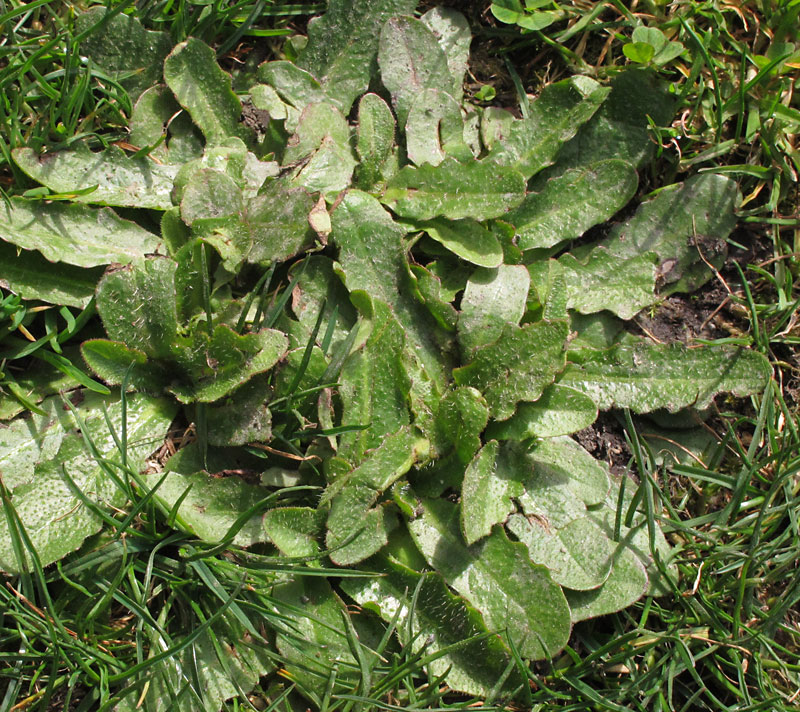
HAIRY CAT’S EAR looks like Dandelion, is very high in Iron, Vitamins A and C, and is tastier before it flowers.
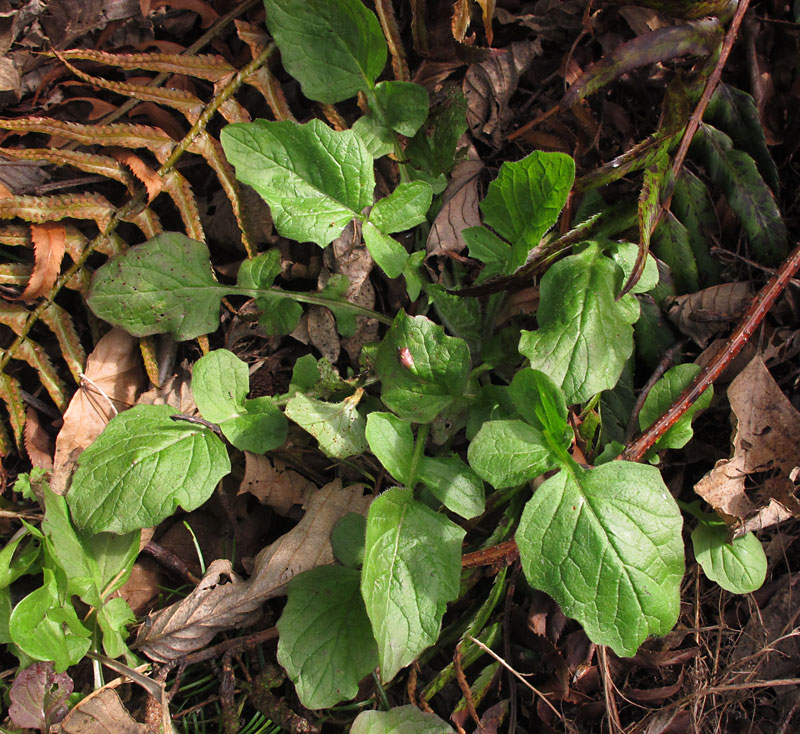
NIPPLEWORT is best eaten raw when the plant is small and low to the ground. When mature, the plant will be up to 2-3′ tall.
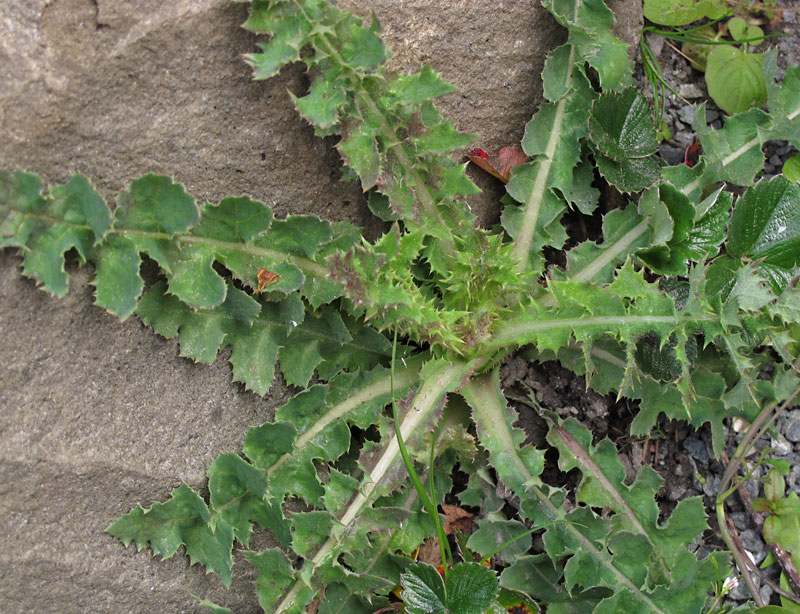
SONCHUS/SOW THISTLE leaves are thicker than dandelion so they are nearly succulent (juice-containing) and edible.
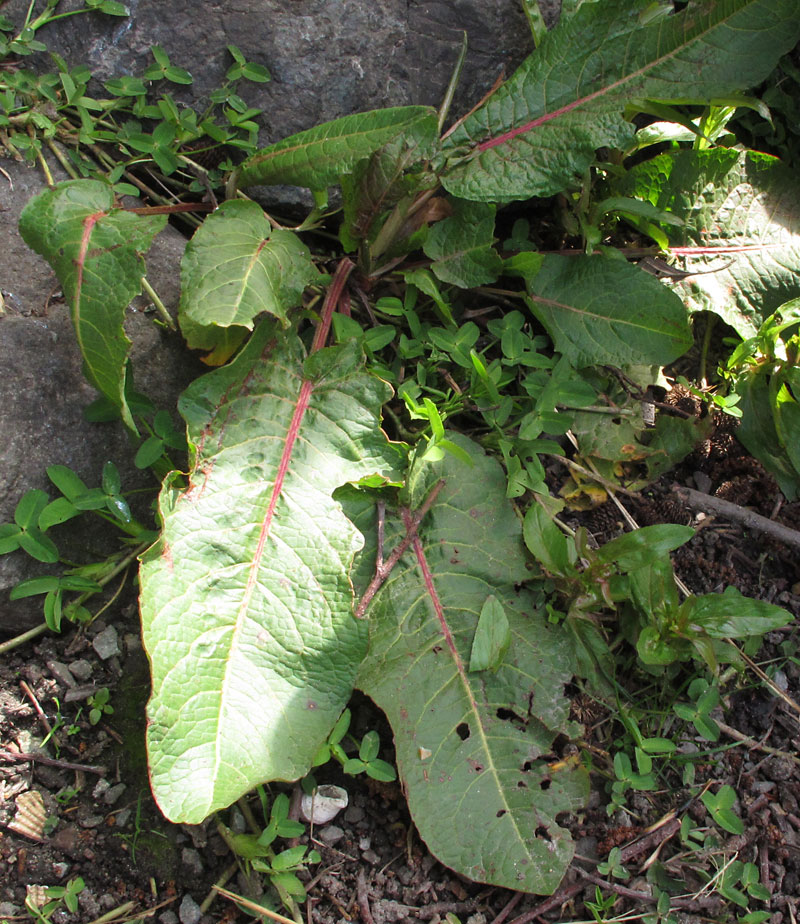
The large, broad leaves of DOCK are best eaten with the midrib removed to create a more tender green.
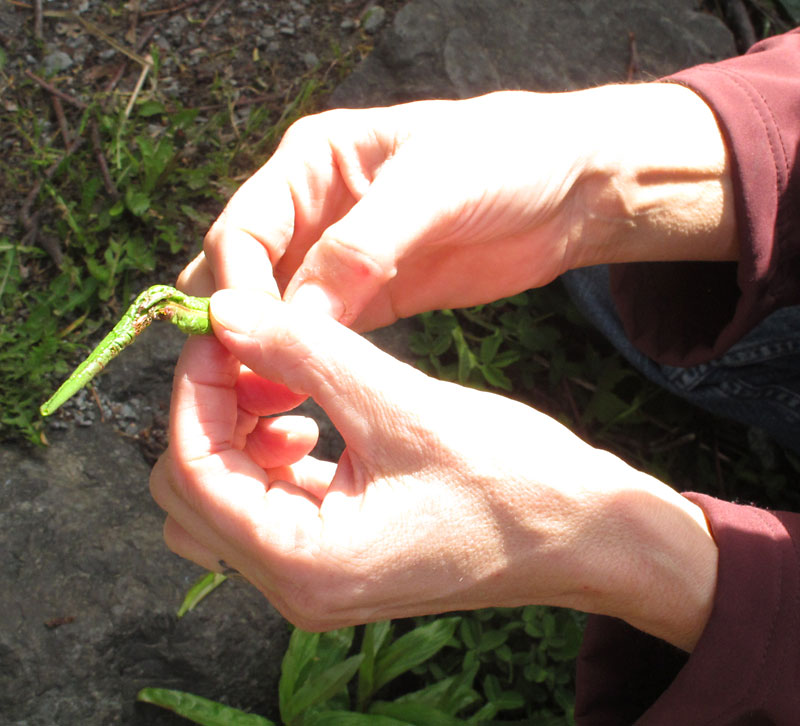
The tender, young DOCK shoots are enclosed in an outer membrane. Remove that first to eat the new leaves. (They are covered with a mucilaginous fluid.)